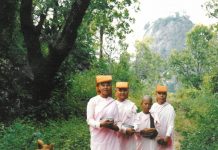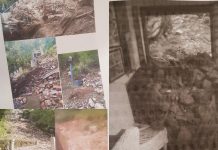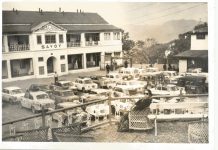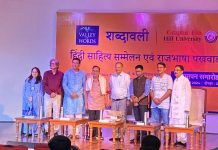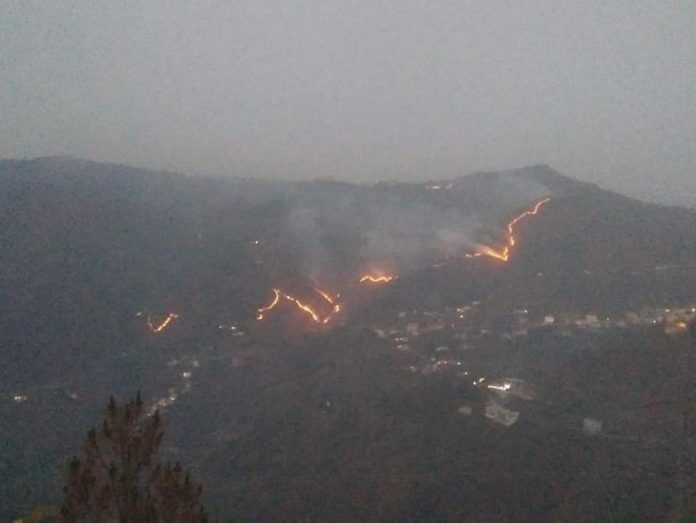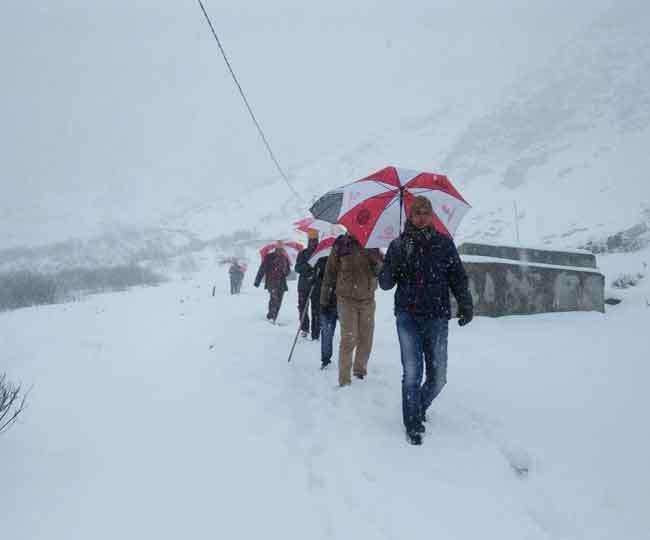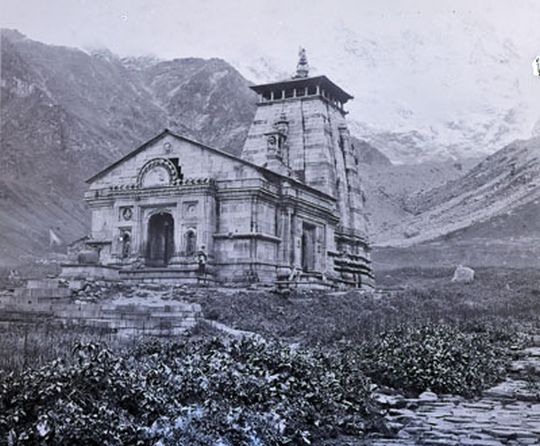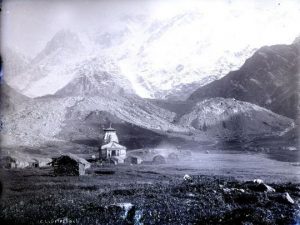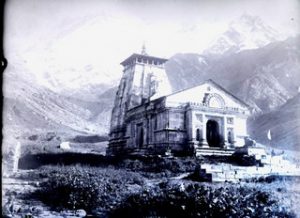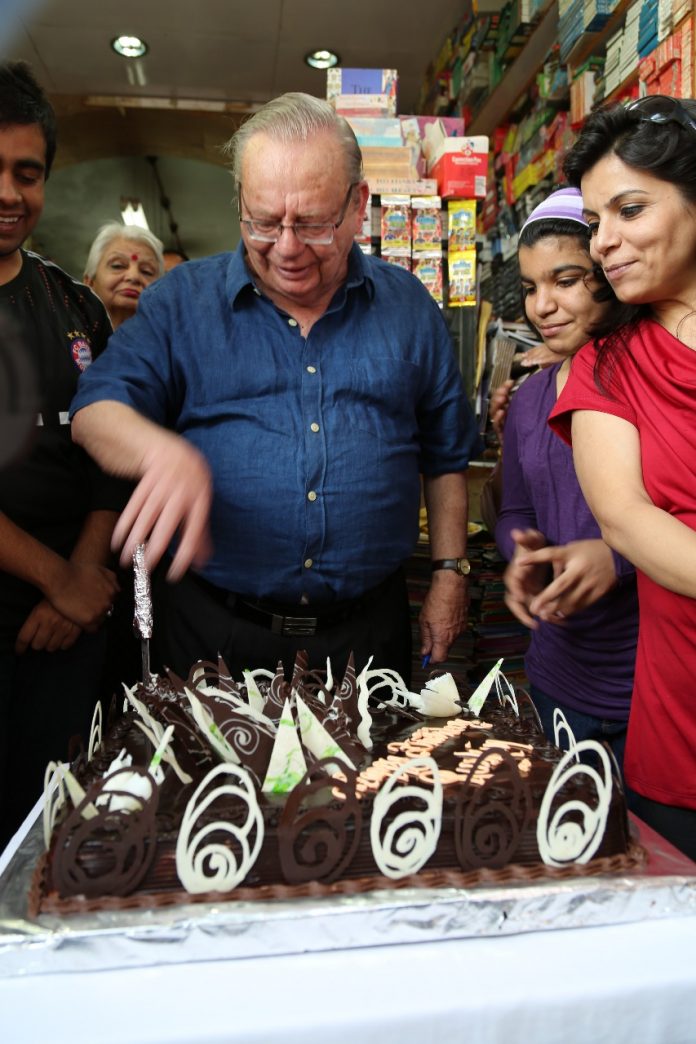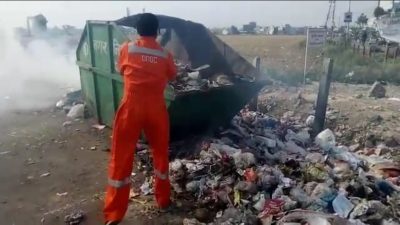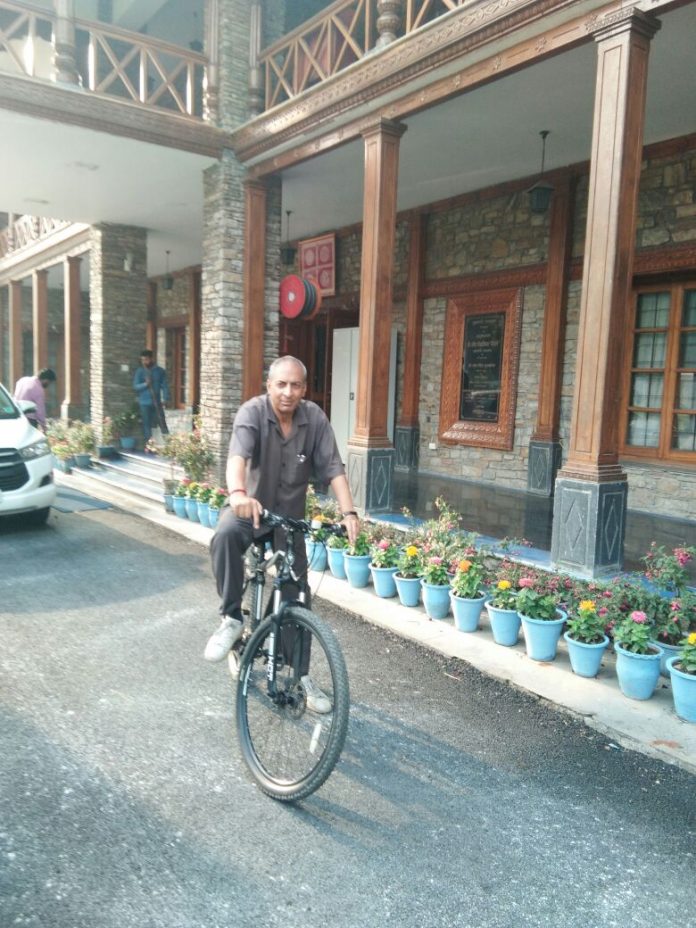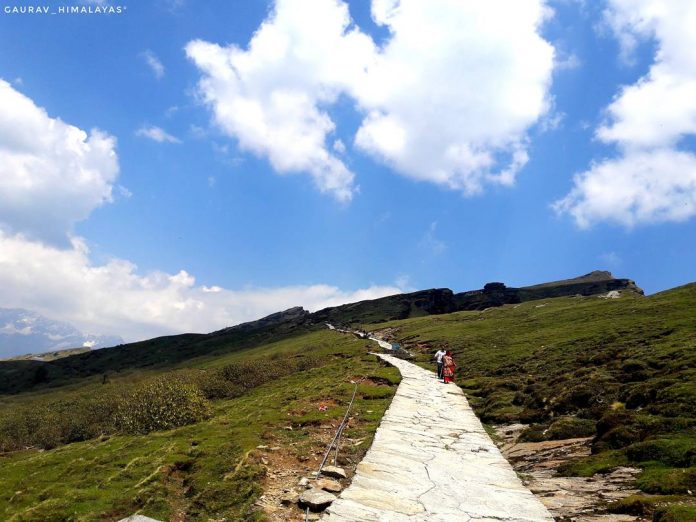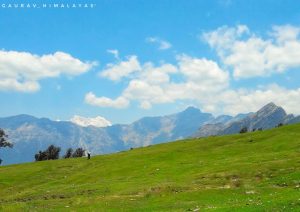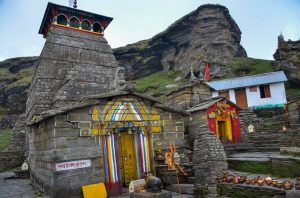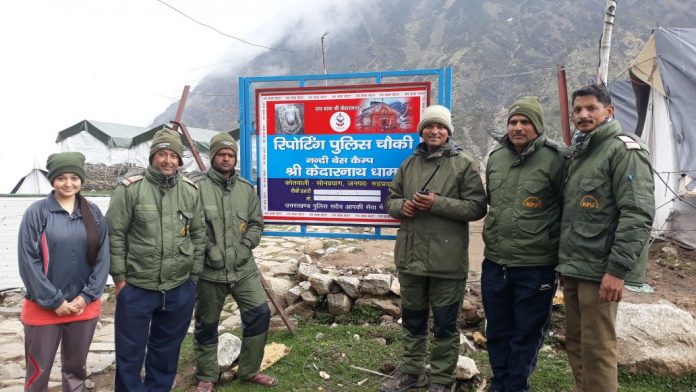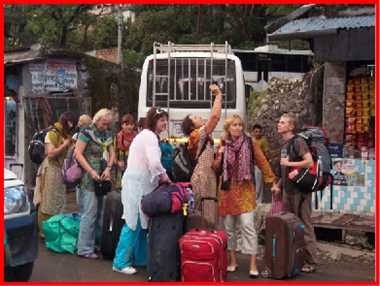Summer of 2016. Uttarakhand witnessed raging infernos turning everything in its path to ashes. Sources tell us, the forest department estimated that close to 4433.75 hectares of forest area was affected by forest fires in 2016, claiming at least six lives. Summer of 2018. Long spell of dry weather; low lying land winds and rising mercury has again become a recipe for disaster.
15th Feb -15 June is declared Fore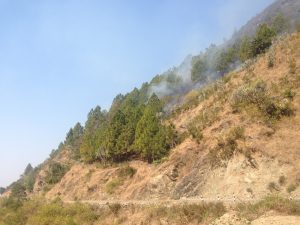 st Fire season, as temperatures rise, garlands of fire are visible at night from a distance. While in the day, billowing tendrils of smoke rise as charred tree trunks fall prey to rising flames, a growing threat to Uttarakhand’s 3,400 sq km of green forest which comes under threat each fire season.
st Fire season, as temperatures rise, garlands of fire are visible at night from a distance. While in the day, billowing tendrils of smoke rise as charred tree trunks fall prey to rising flames, a growing threat to Uttarakhand’s 3,400 sq km of green forest which comes under threat each fire season.
With the plains simmering under rising temperatures, leaving the hills parched and dry too. Uttarakhand State Disaster Response Force issued active fire alert graphs as forest fires continue in Pauri Garhwal, Tehri, Almora and Champawat Districts. Monish Malik, Chief Forest Conservator assures us that alls well, “No casualties have occurred due to incident of forest fires yet. Most incidents of forest fires occurred in Garhwal region.”
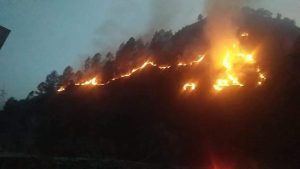 As the mercury rises, State Forest Department is keeping an eagle’s eye over its green cover and its enemy, the raging forest fire. Dehradun, the State Capital saw temperatures touching close to 39-40 degree this week, the hottest the valley has seen yet. The Forest Department insists that its taking maximum caution, with preventive fire-lines in place, master control rooms keeping a close watch on any alarming situation and any leaves of forest officials being cancelled for this duration.
As the mercury rises, State Forest Department is keeping an eagle’s eye over its green cover and its enemy, the raging forest fire. Dehradun, the State Capital saw temperatures touching close to 39-40 degree this week, the hottest the valley has seen yet. The Forest Department insists that its taking maximum caution, with preventive fire-lines in place, master control rooms keeping a close watch on any alarming situation and any leaves of forest officials being cancelled for this duration.
While a massive forest fire is an irreparable loss to Uttarakhand’s green wealth according to State Government records there have already been 741 fire incidents from February 15 till May 21 in which 1213.766 hectare of green cover has been gutted, and with no respite in sight as far as rains are concerned, Uttarakhand Forest Department has many a sleepless nights ahead of them.

